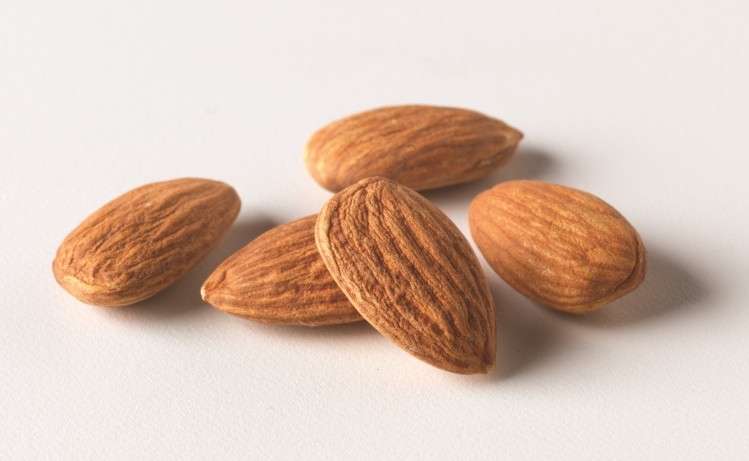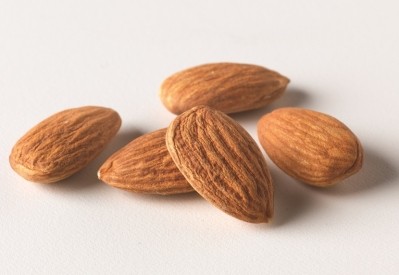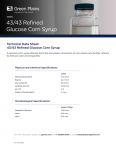Almond intake may lower heart disease chance in high-risk groups

Consumption of almonds has been shown to be associated with a decreased risk of CHD, which may be related to their fatty acid (FA) composition, but the effect of almond consumption on the serum FA composition is not known. Researchers in Canada (and one Almond Board of California representative) sought to determine whether almond consumption would alter the serum FA profile and risk of CHD using Framingham's 10-year risk score, on a dose-dependent basis in hyperlipidaemic individuals when compared with a higher-carbohydrate control group using dietary interventions incorporating almonds.
Over the course of three 1-month dietary phases, 27 hyperlipidaemic participants incorporated 1770 kJ/day of one of the following: full-dose almonds (50 to 100 grams/day), half-dose almonds with half-dose muffins; or full-dose muffins (control). Fasting blood samples were obtained at weeks 0 and 4 to determine fatty acid concentrations.
The researchers found that almond consumption increased oleic acid (OA) and monounsaturated fatty acid (MUFA) content in serum TAG and NEFA fractions, which are inversely associated with CHD lipid risk factors and overall estimated 10-year CHD risk.
In both the half-dose and full-dose almond groups, the proportions of OA and MUFA in the TAG fraction (half-almond: OA P= 0·003; MUFA P= 0·004; full-almond: OA P< 0·001; MUFA P< 0·001) and in the NEFA fraction (half-almond: OA P= 0·01; MUFA P= 0·04; full-almond: OA P= 0·12; MUFA P= 0·06) increased. The estimated Framingham 10-year CHD risk score was inversely associated with the percentage change of OA (P= 0·011) and MUFA (P= 0·016) content in the TAG fraction. The proportions of MUFA in the TAG and NEFA fractions were positively associated with changes in HDL-cholesterol concentrations.
Similarly, the estimated Framingham 10-year CHD risk score was inversely associated with the percentage change of OA (P= 0·069) and MUFA content in the NEFA fraction (P= 0·009).
Source: British Journal of Nutrition
DOI: http://dx.doi.org/10.1017/S0007114514001640
“Effect of almond consumption on the serum fatty acid profile: a dose–response study”
Authors: Stephanie Nishi, Cyril W. C. Kendall, Ana-Maria Gascoyne, Richard P. Bazinet, Balachandran Bashyam, Karen G. Lapsley, Livia S. A. Augustin, John L. Sievenpiper and David J. A. Jenkins















